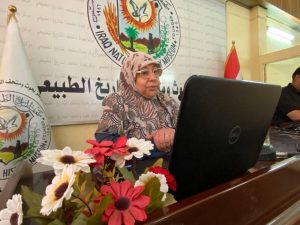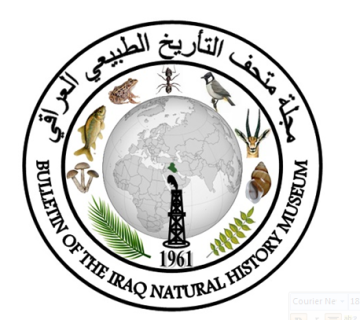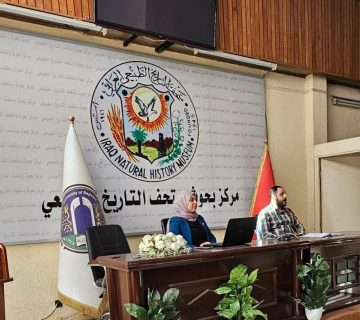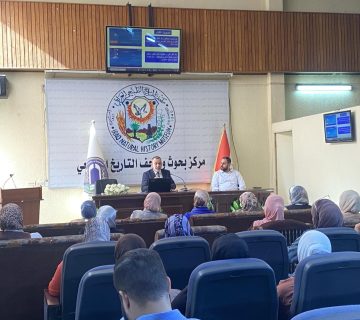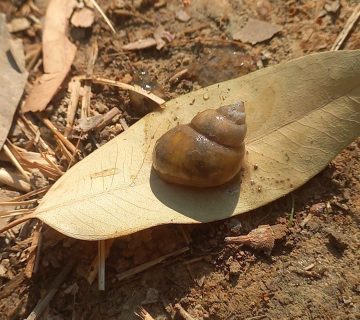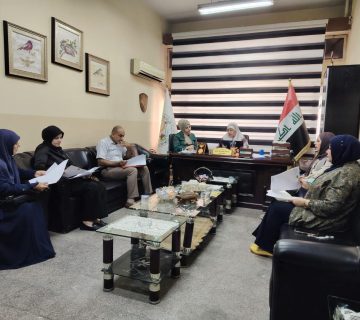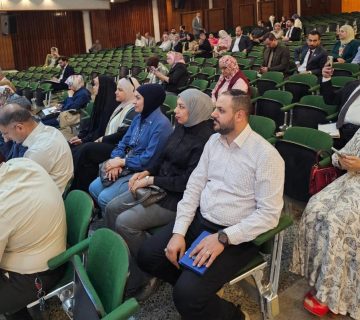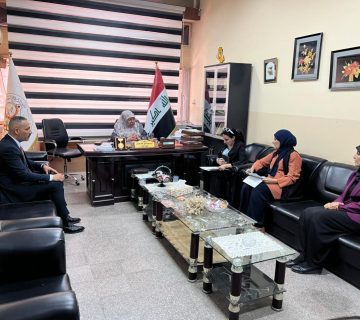Continuing its series of scientific activities, the Natural History Research Center, with the support of its administration, organized a workshop titled “Types of Fleas in Iraq” on Sunday, May 26, 2024. Led by the Committee for Workshops and Seminars (headed by lecturer . Muhammad Anad Ghazaun), the workshop featured a presentation by Assistant Professor Dr. Hana Hani Al-Saffar.
Dr. Al-Saffar delved into the fascinating world of fleas, these small, wingless insects. Their flattened bodies, tiny heads, and sharp mouthparts designed for blood-sucking were all explained in detail. The presentation also covered the flea’s anatomy, highlighting its three pairs of legs on the thorax and a hard, black cuticle covering its body. This tough exterior enables them to survive harsh conditions and extended periods without food.
The workshop addressed the distinction between male and female fleas, with males being smaller and lighter. This agility allows them to navigate easily through an animal’s fur or feathers, avoiding detection and potential harm by the host. Their impressive jumping ability further aids in finding new hosts and escaping predators.
The lecture aimed to raise public awareness about fleas and differentiate them from bedbugs. Key aspects covered included location, taxonomic classification, transmission methods, and life cycle. It emphasized the importance of understanding fleas as potential carriers of diseases.
The Natural History Research Center extends its best wishes to all involved for their dedication to promoting scientific knowledge and educating the public. This initiative empowers citizens to make informed decisions regarding pest control and safeguard their health.

